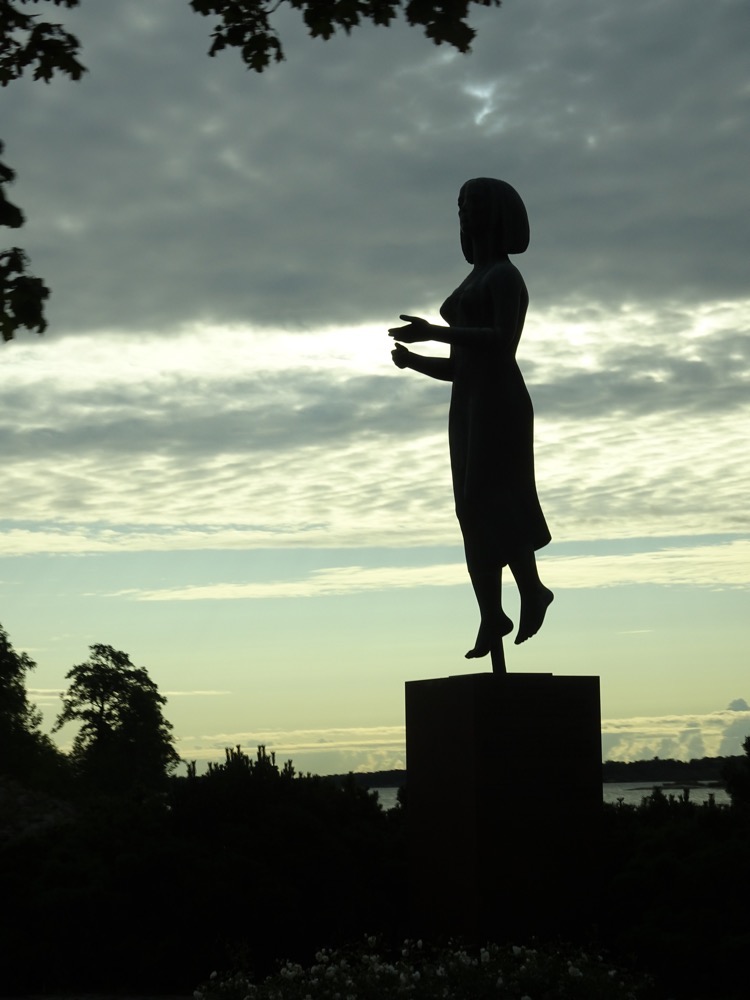 Finland! Finland! Finland!
Finland! Finland! Finland!
I know nearly nothing about you!
You’re in the north.
You’re sandwiched between Sweden and Russia.
You have a blue and white flag.
You’re big into Eurovision and weird wife carrying contests.
Other than that – I know nothing!
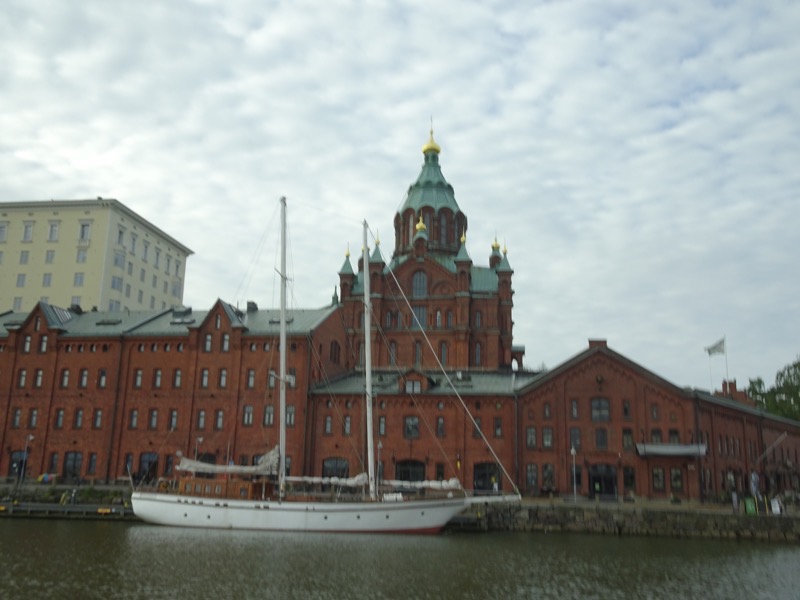 But we were in Helsinki today, and we came to see what we could learn. Helsinki is the capital of Finland and is the largest city in the country. It is a very beautiful city drowning in lovely art nouveau architecture. Not quite as elaborate as what you see in southern art nouveau cities, in France for example, but with a Finnish simplicity incorporated into the design somehow. Many of the buildings we saw in town were beautiful.
But we were in Helsinki today, and we came to see what we could learn. Helsinki is the capital of Finland and is the largest city in the country. It is a very beautiful city drowning in lovely art nouveau architecture. Not quite as elaborate as what you see in southern art nouveau cities, in France for example, but with a Finnish simplicity incorporated into the design somehow. Many of the buildings we saw in town were beautiful.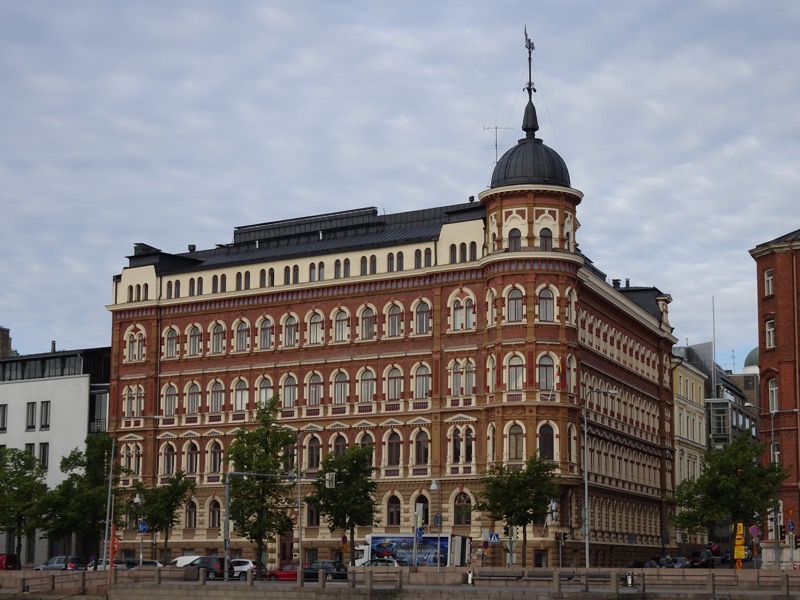 The striking Uspenski Cathedral, built in the 1860s.
The striking Uspenski Cathedral, built in the 1860s.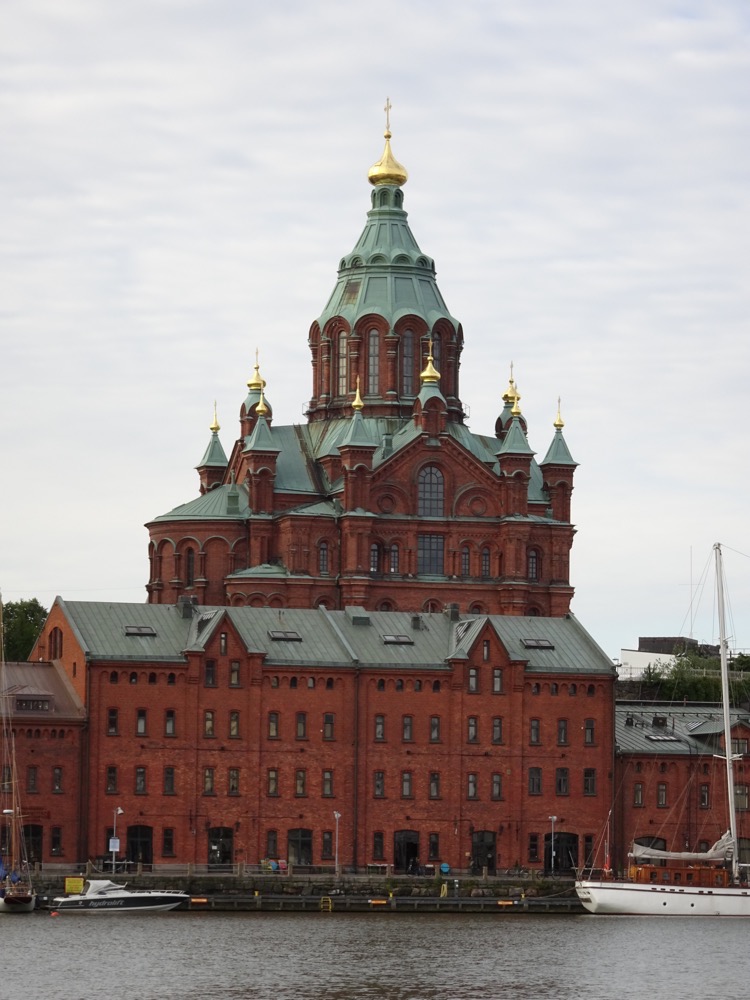

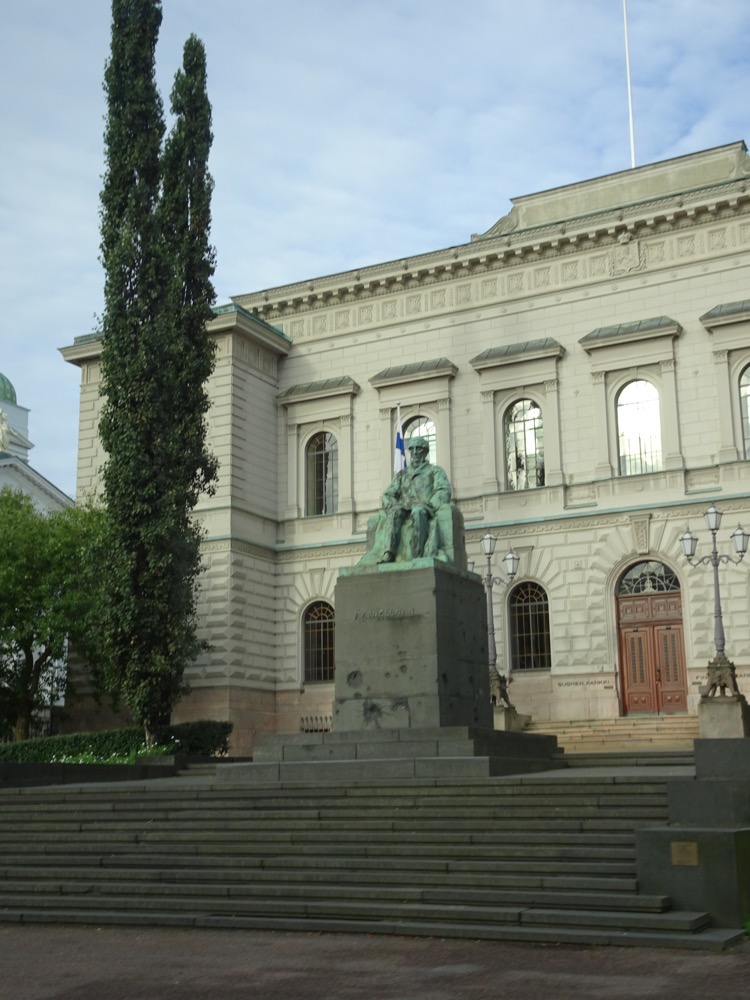 Much of the city’s design was the result of one, Carl Ludvig Engel, who was appointed to plan the city centre. He designed many neoclassical buildings in the city, with the focal point being the large Senate Square which is surrounded by the Government Palace, the Helsinki Cathedral and the main Helsinki University (yellow building below).
Much of the city’s design was the result of one, Carl Ludvig Engel, who was appointed to plan the city centre. He designed many neoclassical buildings in the city, with the focal point being the large Senate Square which is surrounded by the Government Palace, the Helsinki Cathedral and the main Helsinki University (yellow building below).  Helsinki Cathedral is the Finnish Evangelical Lutheran church that dominates the skyline in the central square of Helsinki. the Chruch was originally built in the mid-1800s (and called St Nicholas Church), as a tribute to Tsar Nicholas I of Russia, who was also the Grand Duke of Finland before Finland gained their independence in 1917 when it was renamed to be the Helsinki Cathedral. The Finnish never had a lot of trouble with Russia by the sounds of it – Nicolas allowed them to be predominantly autonomous whilst still being part of the Russian Empire.
Helsinki Cathedral is the Finnish Evangelical Lutheran church that dominates the skyline in the central square of Helsinki. the Chruch was originally built in the mid-1800s (and called St Nicholas Church), as a tribute to Tsar Nicholas I of Russia, who was also the Grand Duke of Finland before Finland gained their independence in 1917 when it was renamed to be the Helsinki Cathedral. The Finnish never had a lot of trouble with Russia by the sounds of it – Nicolas allowed them to be predominantly autonomous whilst still being part of the Russian Empire.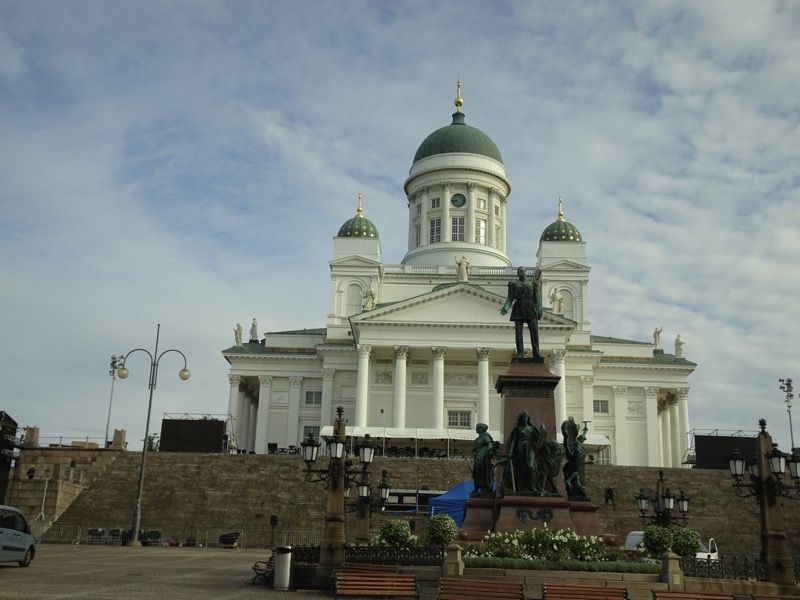
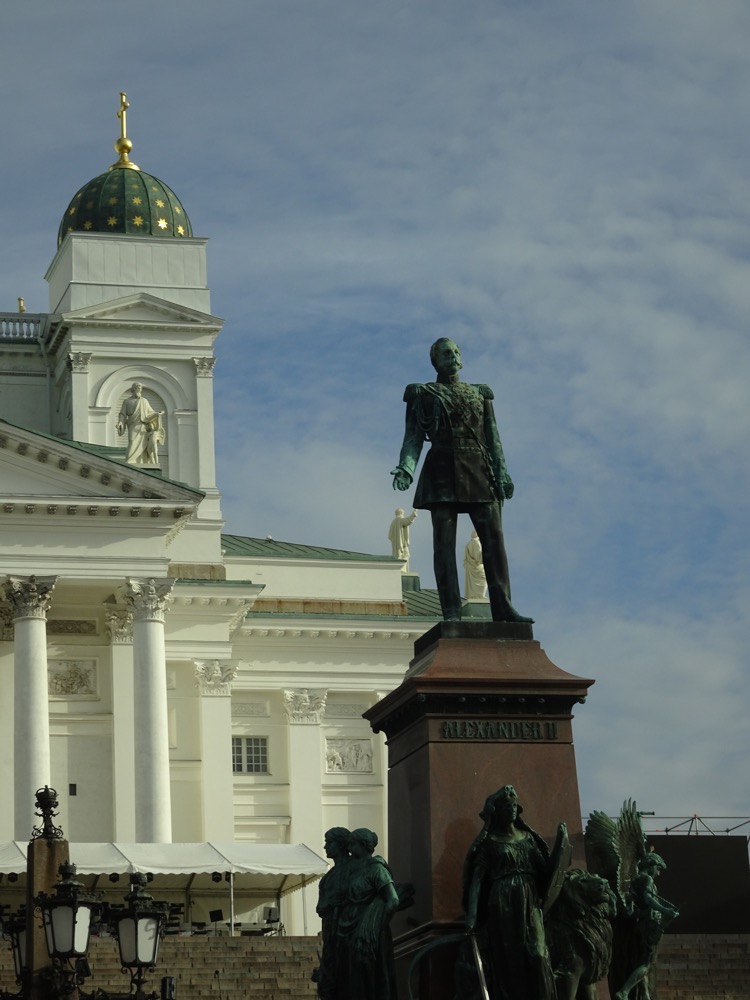
Located near Helsinki’s Market Square, is a beautiful art nouveau statue, called the ‘Havis Amanda’. It is a bronze cast figure of a beautiful woman that sits in the center of a large granite fountain with four seals sprouting water. She is depicted as a mermaid leaving the sea, and casting her gaze backward as if saying goodbye to the water. It’s really very pretty – it was designed by an artist named Vallgren (French guy, I believe) and was intended to symbolize the rebirth of Helsinki.
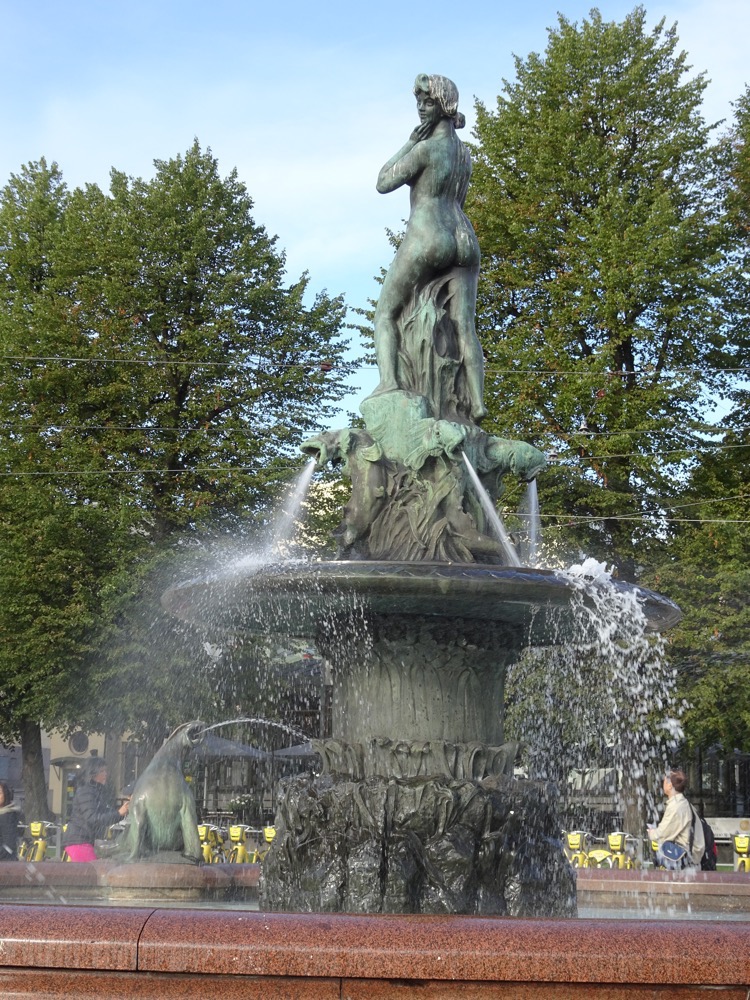 Our guide, Olga tells us that the statue was initially considered to be too saucy for the Fins and many originally didn’t like it because it was too suggestive, and others disliked the passivity and objectification of the womens (Finland was the first country to give women the vote, so they were very progressive in their thinking towards women’s right as early as the beginning of last century). Now, the Havis Amanda is fondly accepted and is a favoured spot for bucks parties and bachelorette parties to end up for late night drunken swimming, and students traditionally put a cap on Amanda every graduation season.
Our guide, Olga tells us that the statue was initially considered to be too saucy for the Fins and many originally didn’t like it because it was too suggestive, and others disliked the passivity and objectification of the womens (Finland was the first country to give women the vote, so they were very progressive in their thinking towards women’s right as early as the beginning of last century). Now, the Havis Amanda is fondly accepted and is a favoured spot for bucks parties and bachelorette parties to end up for late night drunken swimming, and students traditionally put a cap on Amanda every graduation season. 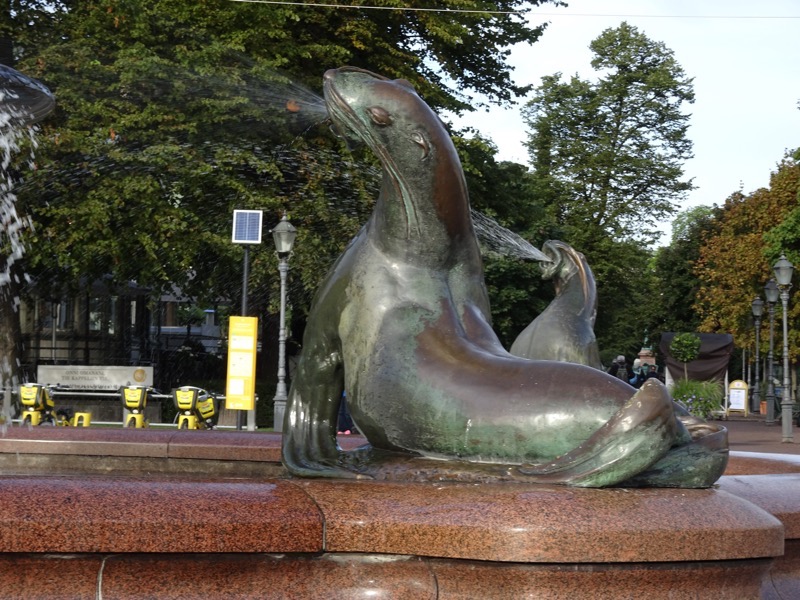 Next we wandered down along the water front to see the local markets. Here there were lots of food products being sold – fruits and berries, seafoods, reindeer and bear salami (?!), as well as a handicraft market that contained a goodly amount of souvenirs as well.
Next we wandered down along the water front to see the local markets. Here there were lots of food products being sold – fruits and berries, seafoods, reindeer and bear salami (?!), as well as a handicraft market that contained a goodly amount of souvenirs as well.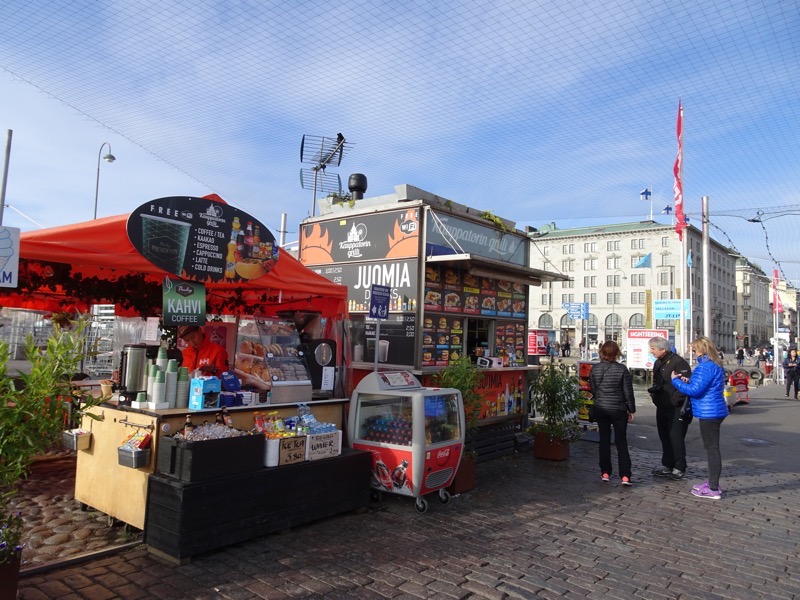 Saw this sign on a food stall in the Market Square – I have no idea what they are selling (baked goods?), and their website is dead – so its likely to remain a mystery… but I was amused because we are a bloody long way* from Eromanga!
Saw this sign on a food stall in the Market Square – I have no idea what they are selling (baked goods?), and their website is dead – so its likely to remain a mystery… but I was amused because we are a bloody long way* from Eromanga!
(*In fairness, Eromanga is a bloody long way from anywhere, but a seriously long way from Helsinki!)
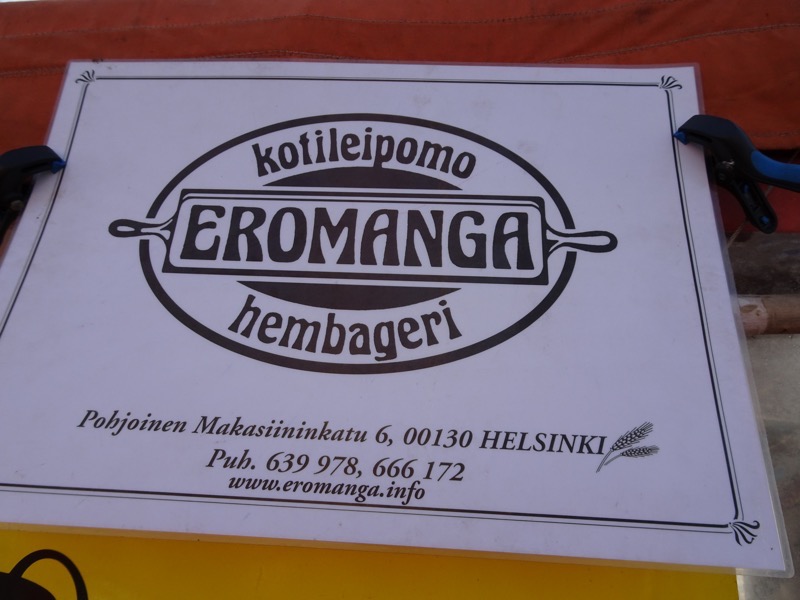 Timber products, horn items, knives and pewter goods were all very popular.
Timber products, horn items, knives and pewter goods were all very popular.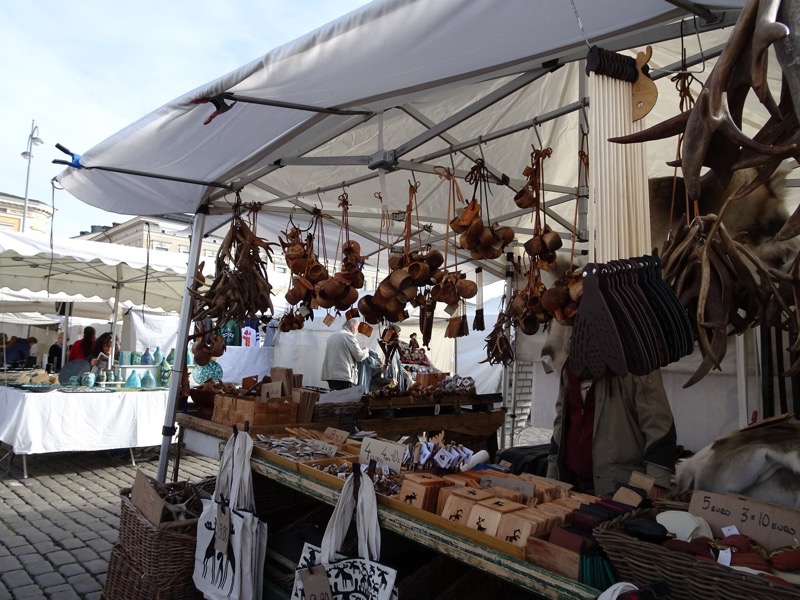
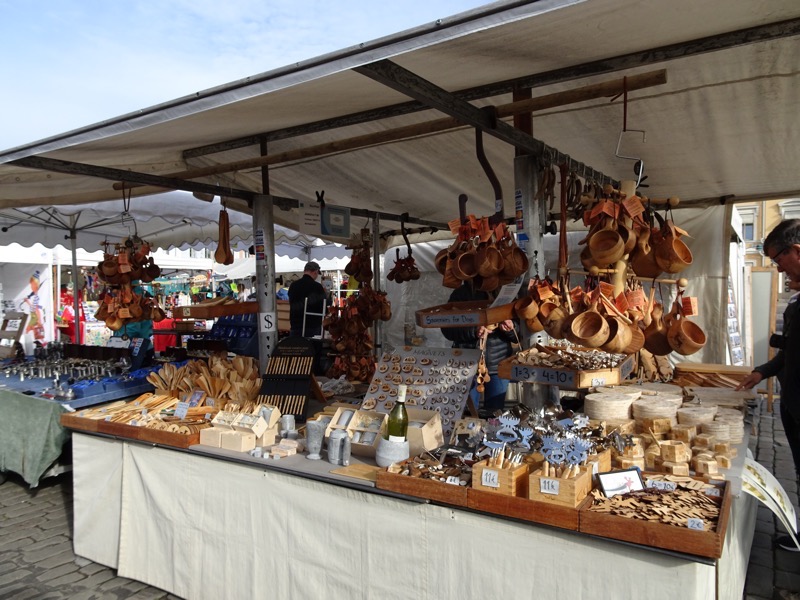 After this, we were heading out of town for a bit. And went past quite a few iconic landmarks. Helsinki is home to quite a lot of art nouveau still buildings, as the movement was very strong during the early 20th century (Haha! just wrote ’10th century’… glad I picked up that typo!) One of the most famous art nouveau buildings in the city is the Helsinki Central Railway Station, that was designed by a master of the Finnish art nouveau style, Eliel Saarinen.
After this, we were heading out of town for a bit. And went past quite a few iconic landmarks. Helsinki is home to quite a lot of art nouveau still buildings, as the movement was very strong during the early 20th century (Haha! just wrote ’10th century’… glad I picked up that typo!) One of the most famous art nouveau buildings in the city is the Helsinki Central Railway Station, that was designed by a master of the Finnish art nouveau style, Eliel Saarinen.
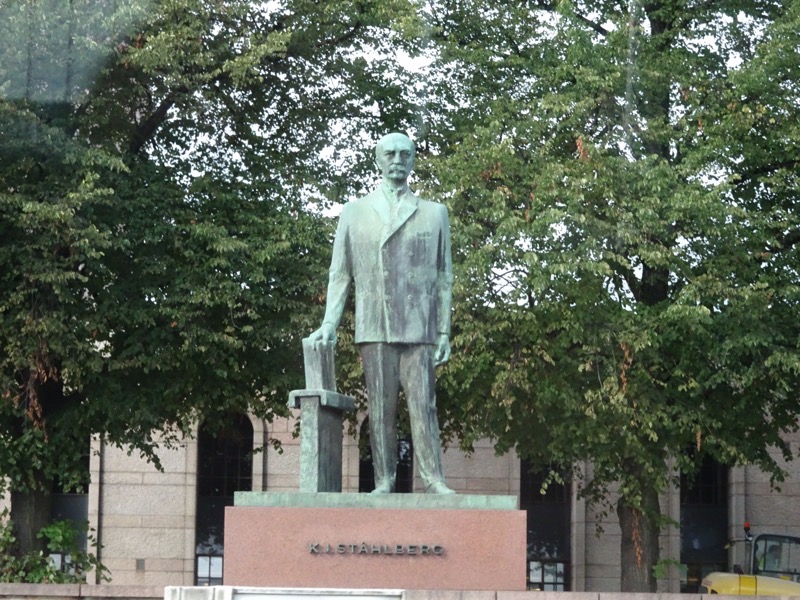
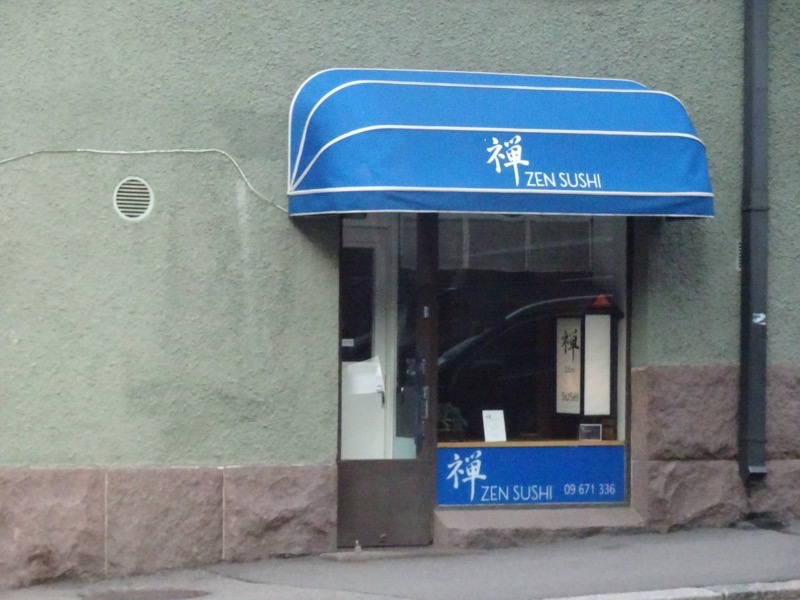 The National Museum of Finland contains the ‘history of Finland from the Stone Age to the present day, though objects and cultural history’… though I am told there is a serious lack of focus on the dark ages or medieval period, so I’m not sure how accurate that description is. The building was erected in 1910 and while it has a pretence towards looking medieval, it is actually another example of the national romanticism, art nouveau fad that the city was taken with at that time.
The National Museum of Finland contains the ‘history of Finland from the Stone Age to the present day, though objects and cultural history’… though I am told there is a serious lack of focus on the dark ages or medieval period, so I’m not sure how accurate that description is. The building was erected in 1910 and while it has a pretence towards looking medieval, it is actually another example of the national romanticism, art nouveau fad that the city was taken with at that time.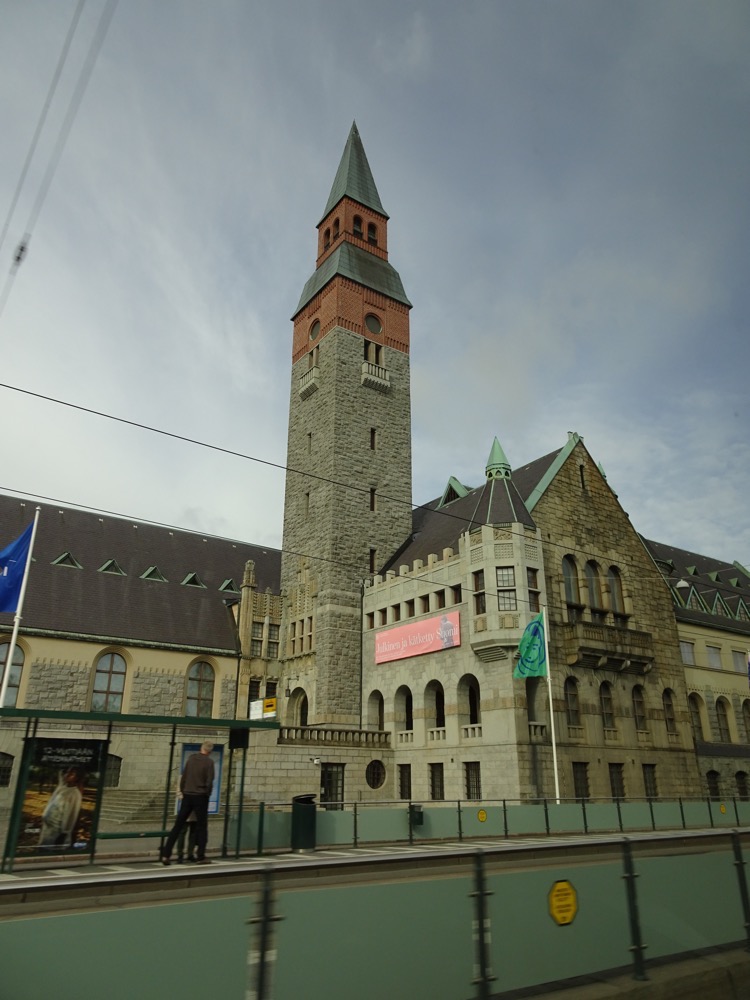
Anyway, we were heading out of town to see the 14th century village of Porvoo. Porvoo is one of six medieval towns that remain in Finland and is located approximately 50kms to the east of the capital. It was first seen in medieval texts from the 14th century and has its city rights bestowed at that time. Porvoo is well known for being in the middle of the Swedish speaking Diocese of Borga… that is, most of the people who live in this area speak Swedish as their primary language and they study Swedish and Finnish in school (and English and Russian, of course – multilingual people always makes me feel like such a desperate underachiever to only be able to communicate in English and only a smattering of French!) Many residents here have dual citizenships, and even though they may have been born here, and raised here, and work here, and have their families here… many of them consider themselves more Swedish than Finnish!
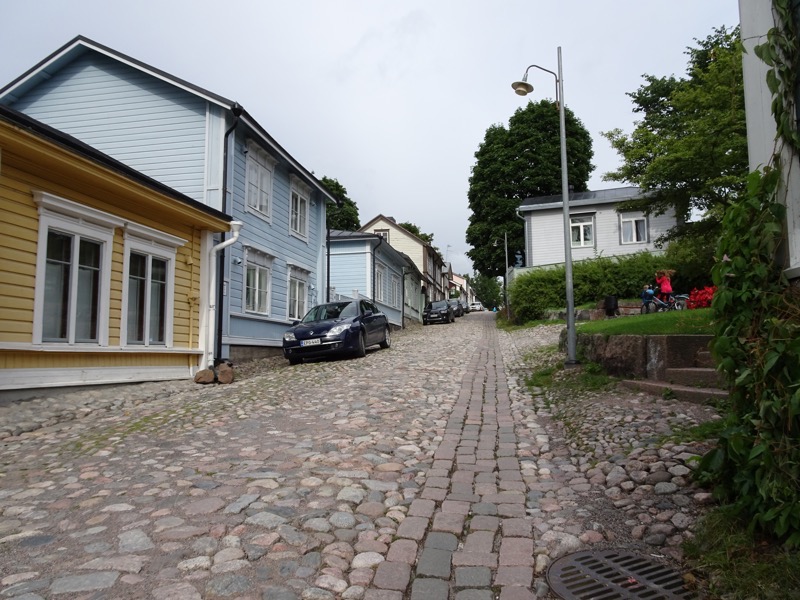 Porvoo has those delightful cobblestones streets – the ones with the huge rounded cobbles, which are far more delightful to look at than to walk on for very long! Lots of timber buildings, and winding streets.
Porvoo has those delightful cobblestones streets – the ones with the huge rounded cobbles, which are far more delightful to look at than to walk on for very long! Lots of timber buildings, and winding streets.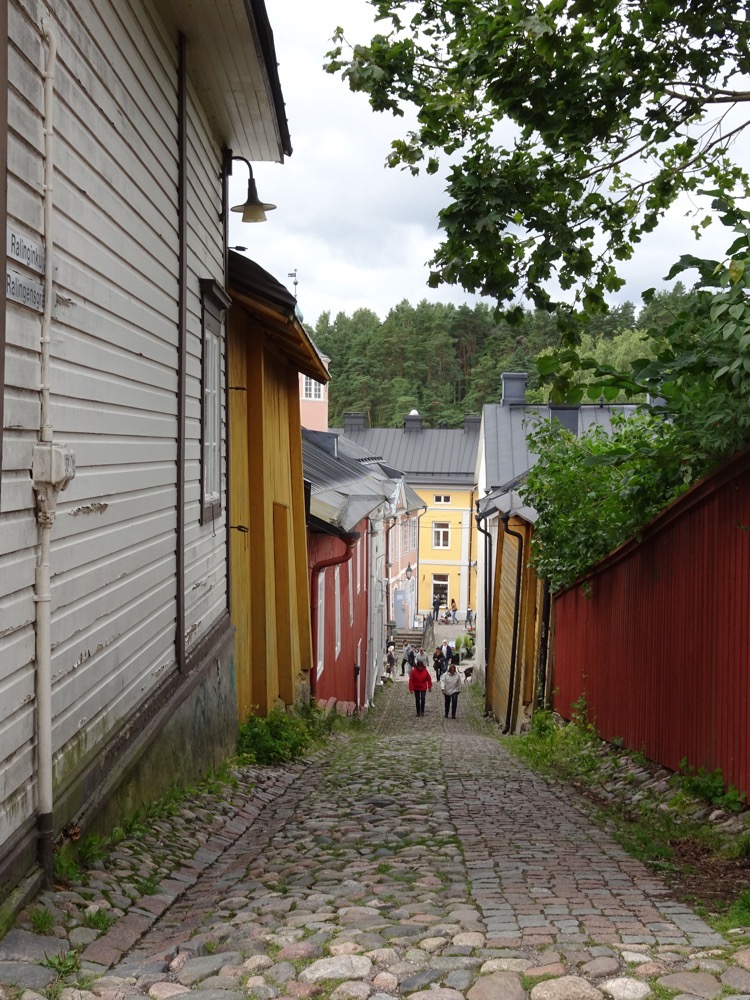
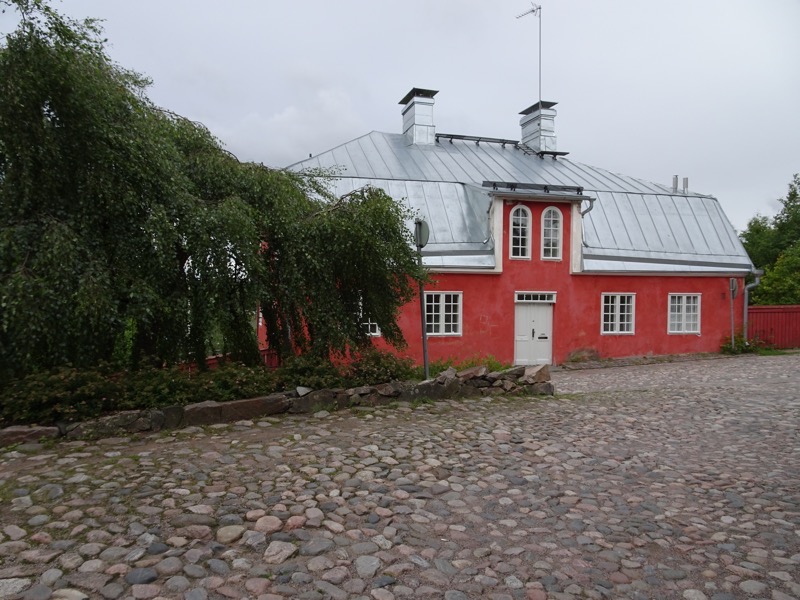 Our first little stop in Porvoo was to see the famous Porvoo Cathedral – which in Finnish is the ‘Porvoon Tuomiokirkko’, and in Swedish is the ‘Borga Domkyrka’. The street signs here are bonkers! The cathedral was mostly built in the 15th century though parts of it date from the 13th century. While it is in the middle of the Swedish speaking Borga Diocese, the cathedral holds services in both Swedish and in Finnish.
Our first little stop in Porvoo was to see the famous Porvoo Cathedral – which in Finnish is the ‘Porvoon Tuomiokirkko’, and in Swedish is the ‘Borga Domkyrka’. The street signs here are bonkers! The cathedral was mostly built in the 15th century though parts of it date from the 13th century. While it is in the middle of the Swedish speaking Borga Diocese, the cathedral holds services in both Swedish and in Finnish.
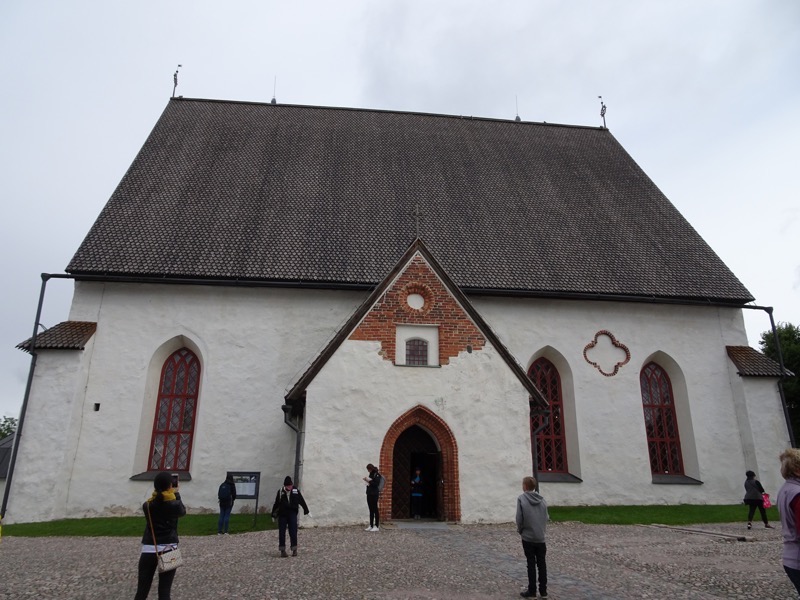
Originally the church was made of wood, and the first stone walls were added between 1410 and 1420 when the size of the church was expanded to meet the expanding population of the village. However, the church has been destroyed by fire several times according to church records – once in 1508 by Danish troops, and again in 1571, 1590 and 1708 by Russian troops! Further, some juvenile tosser torched the cathedral in an arson attack in 2006 causing two years of restoration works to be needed – justly, he ended up in jail for his efforts, though I doubt neither the Danish nor Russian troops did.
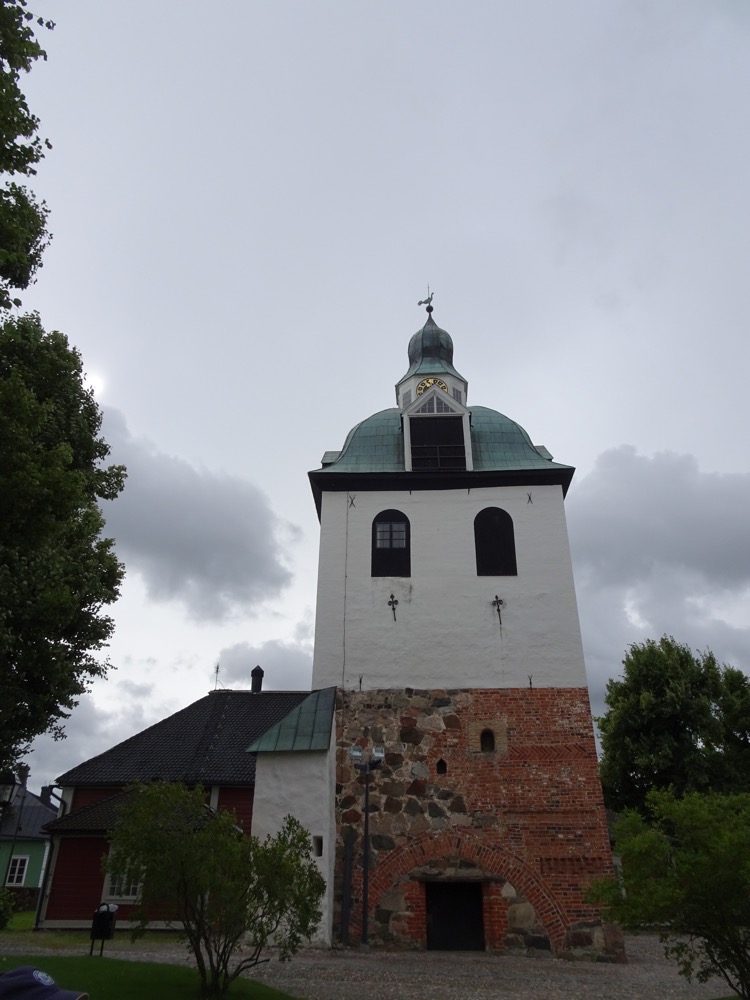 17th century casket for alms.
17th century casket for alms.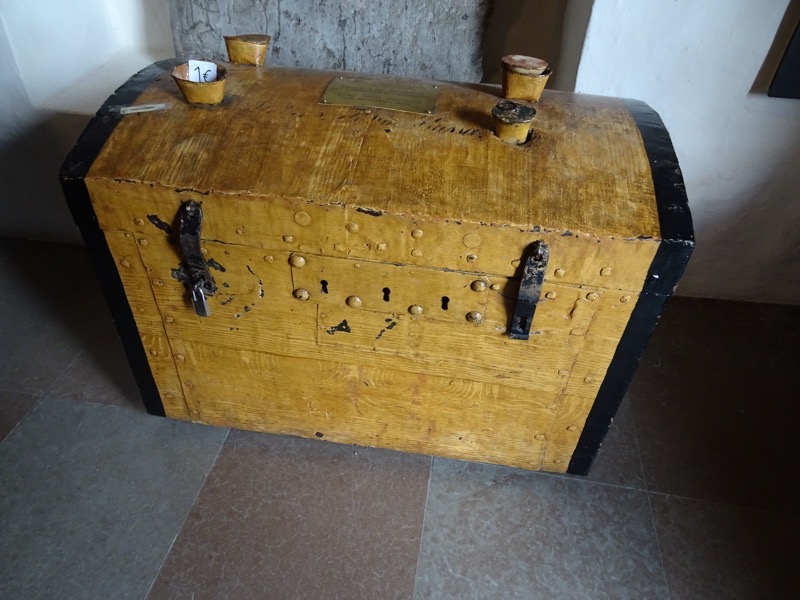
 The interior is rather austere compared to the grandiose orthodox churches we have been visting in St Petersburg over the last few days.
The interior is rather austere compared to the grandiose orthodox churches we have been visting in St Petersburg over the last few days.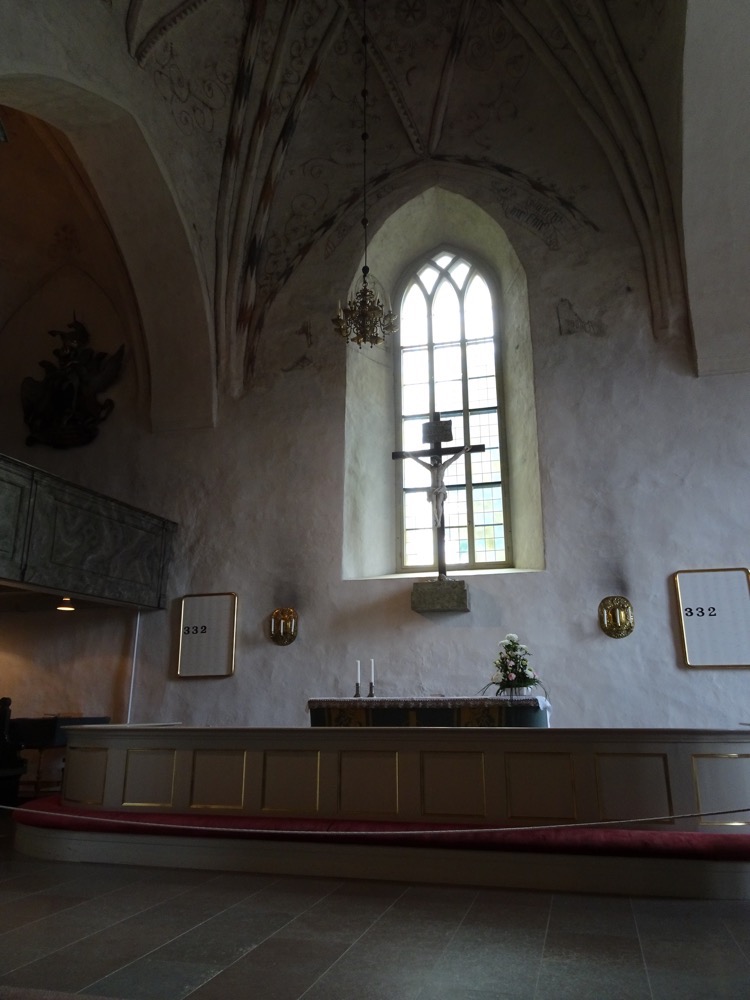 With the pulpit being the most ornamented element of the church interior.
With the pulpit being the most ornamented element of the church interior.
 Porvoo actually is named after the river which runs through the town, the Porvoonjoki River… don’t forget to heavily roll your ‘R’s if you try to pronounce these words.
Porvoo actually is named after the river which runs through the town, the Porvoonjoki River… don’t forget to heavily roll your ‘R’s if you try to pronounce these words. 
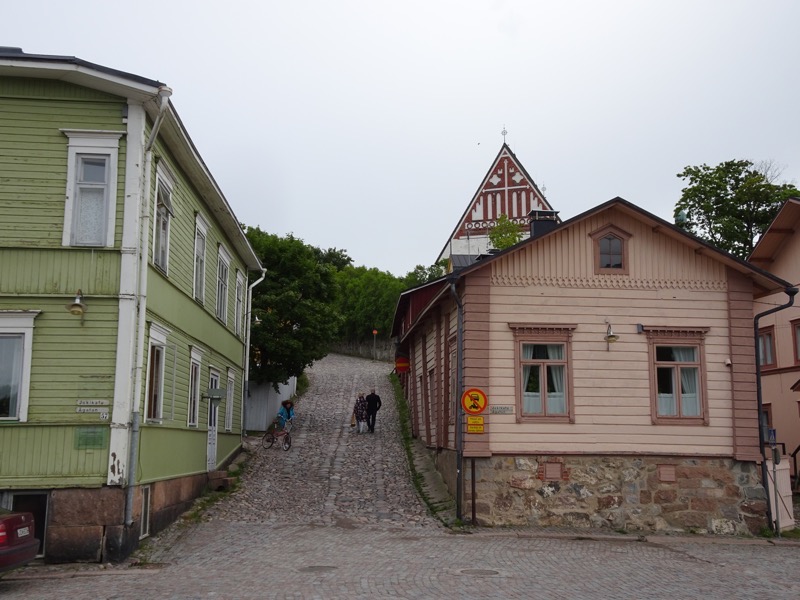
 The whole town is very quaint and picturesque, and is apparently a favoured spot for the Finnish to come holiday in the summer.
The whole town is very quaint and picturesque, and is apparently a favoured spot for the Finnish to come holiday in the summer.
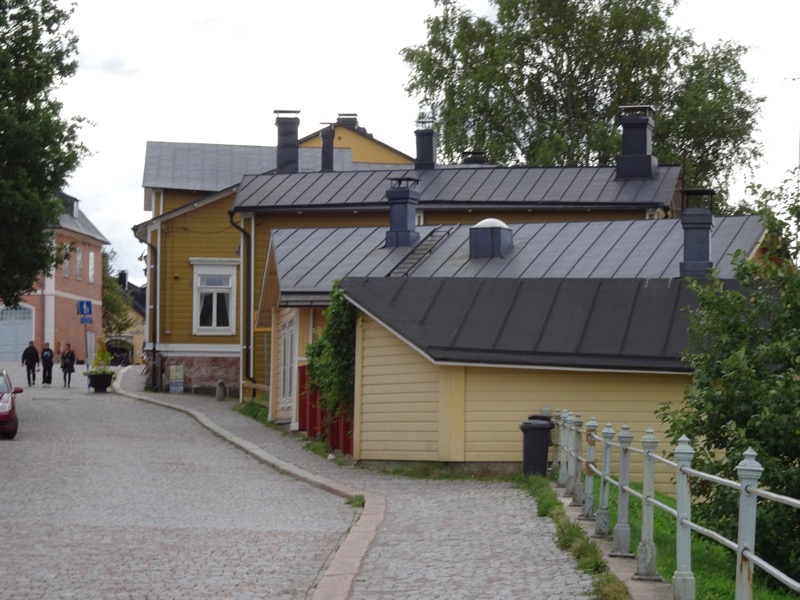
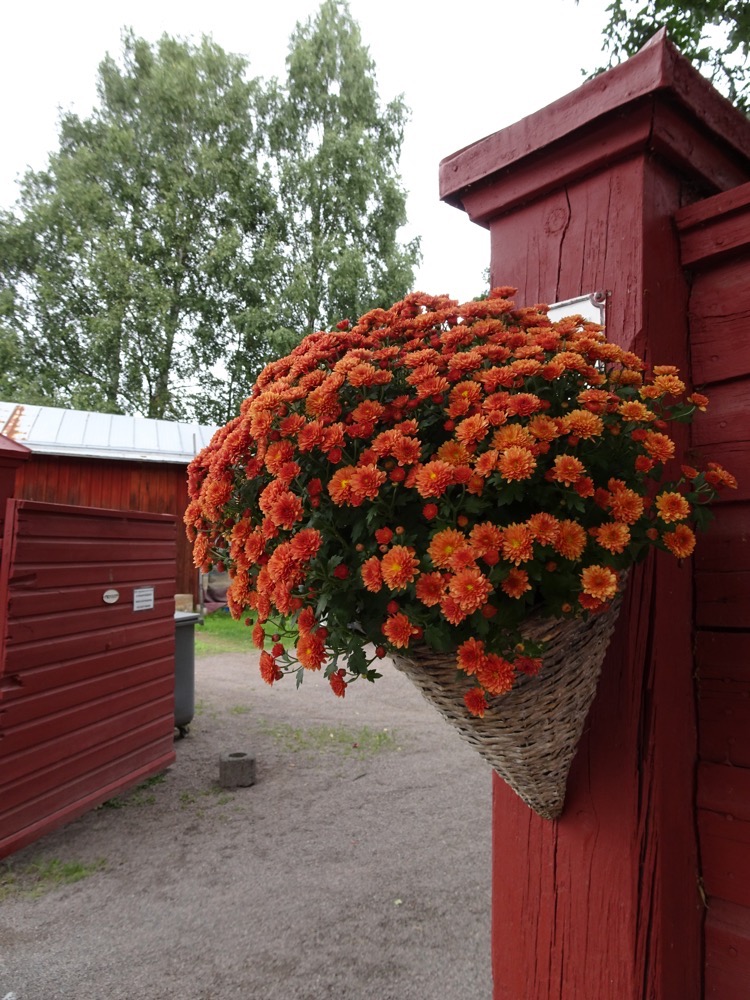 The Porvoo Town Square. The orangy-pink building in the center is the town’s Folk Museum.
The Porvoo Town Square. The orangy-pink building in the center is the town’s Folk Museum.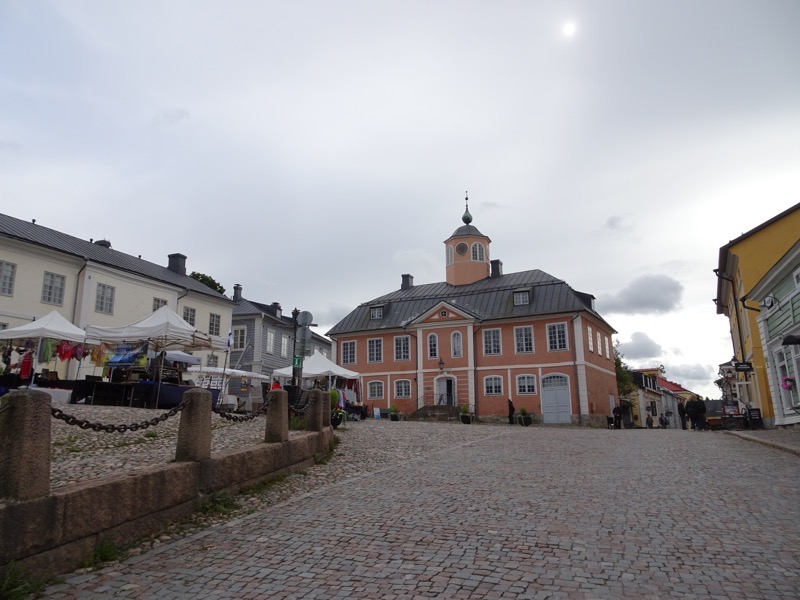 A string of shops selling mostly tourist souvenirs, antiques and handicrafts.
A string of shops selling mostly tourist souvenirs, antiques and handicrafts. I saw this map on the wall in a confectionery shop – a cute twist on the ‘Where have I been?’ map… this map asked visitors to place a pin to show, ‘Where are you from?’.
I saw this map on the wall in a confectionery shop – a cute twist on the ‘Where have I been?’ map… this map asked visitors to place a pin to show, ‘Where are you from?’. We wandered around the shops for a while and had a stroll through old Porvoo before stopping at a local restaurant for lunch – thick salmon and potato soup served with an oddly sweet, pumpernickel bread that was both very tasty, and very welcome on a cold and windy day.
We wandered around the shops for a while and had a stroll through old Porvoo before stopping at a local restaurant for lunch – thick salmon and potato soup served with an oddly sweet, pumpernickel bread that was both very tasty, and very welcome on a cold and windy day.
On our way back to Helsinki, we made a stop at a very striking monument dedicated to the memory of Finnish composer, Jean Sibelius (1865-1957). The Sibelius Monument is located in a park of the same name and the creation of local artist, Eila Hiltunen. It consists of 600 stainless steel pipes welded together to look like organ pipes. Initially it caused some confusion and no little amounts of consternation, as the composer was not known for his organ compositions, but like many of these things, the Finnish came to love it after a time, once they got over the abstract art of it all.
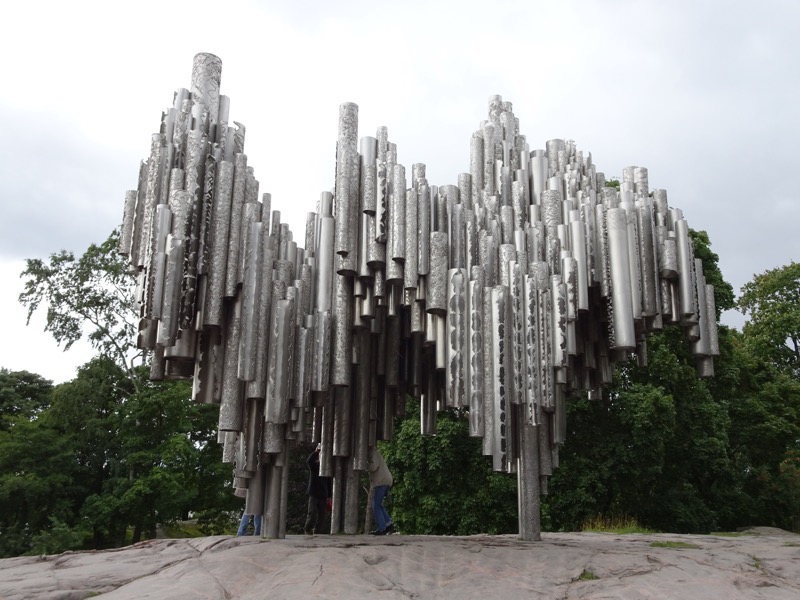
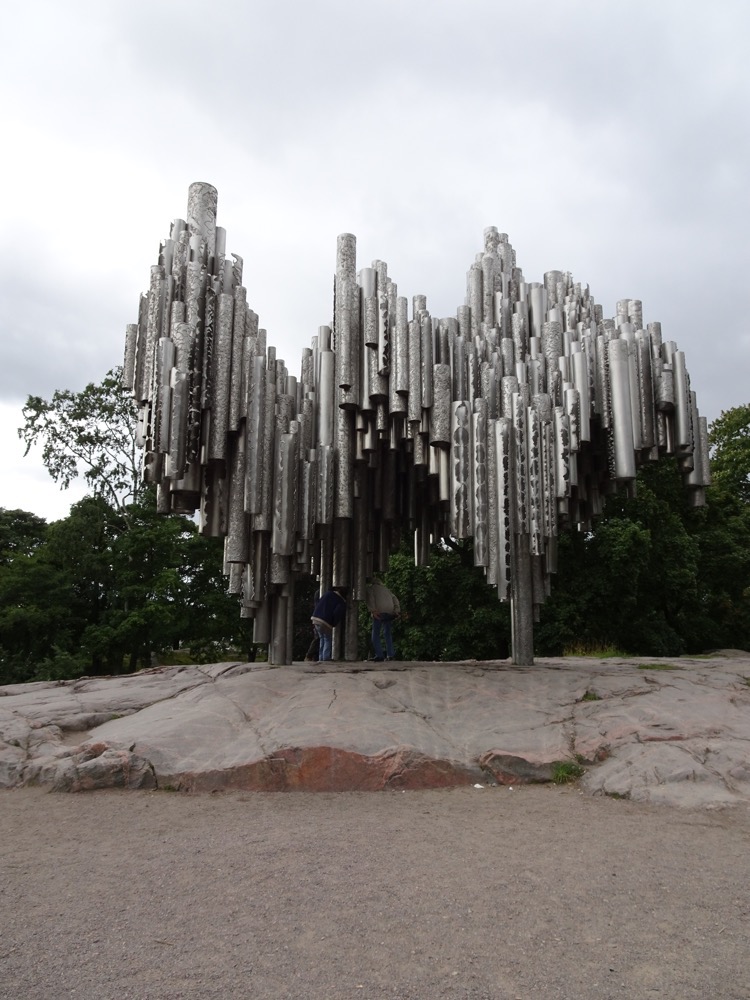 Our next stop was to the Temppeliaukio Kirkko, which is also known as the Rock Church or the Church of the Rock because it is built directly into solid bedrock. It was designed by two brothers/architects named TiSuomalaineno Sulmalainen in the 60s and was opened in 1969.
Our next stop was to the Temppeliaukio Kirkko, which is also known as the Rock Church or the Church of the Rock because it is built directly into solid bedrock. It was designed by two brothers/architects named TiSuomalaineno Sulmalainen in the 60s and was opened in 1969.
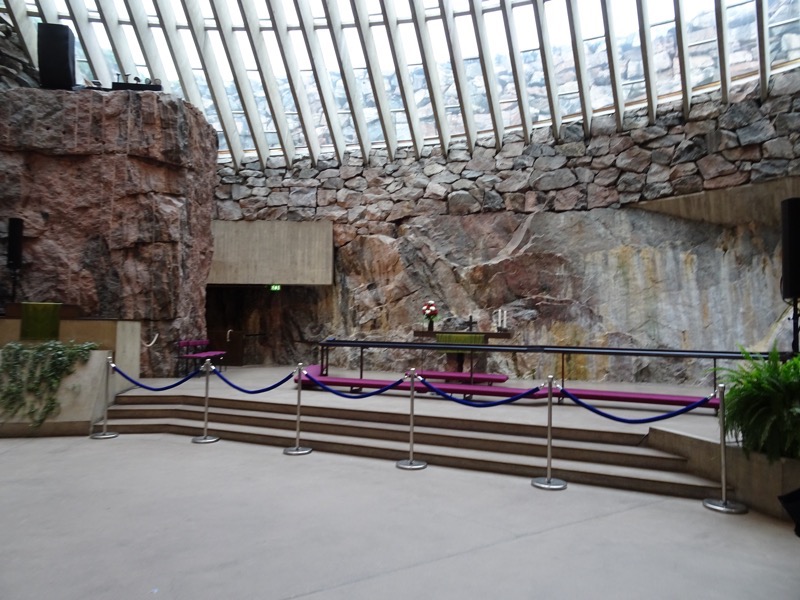
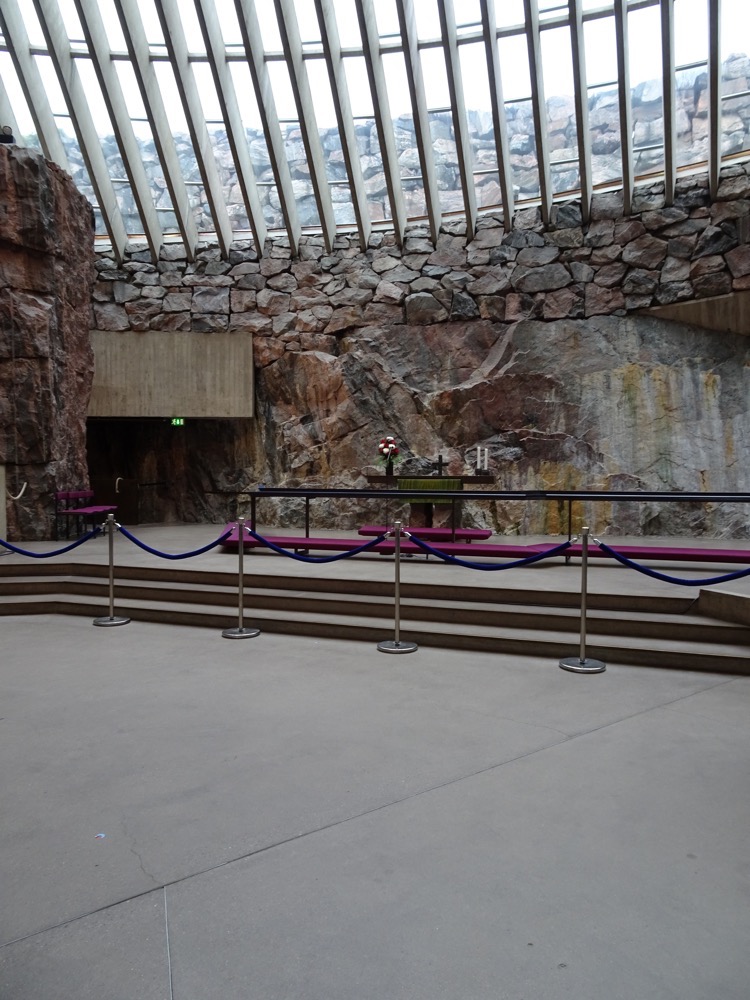
Plans for a church in the Temple Square space were begun as early as the 1930s when a plot of land was selected for a church and a competition was held to design it. An architect named J.S. Siren won the competition but the whole thing got put on hold during the early stages of WWII. After the war, another competition was held, and the Brothers Suomalainen were awarded the job in 1961. The actual building of the church took a fraction of the time the decision making took, with barely 12 months construction required until completion.
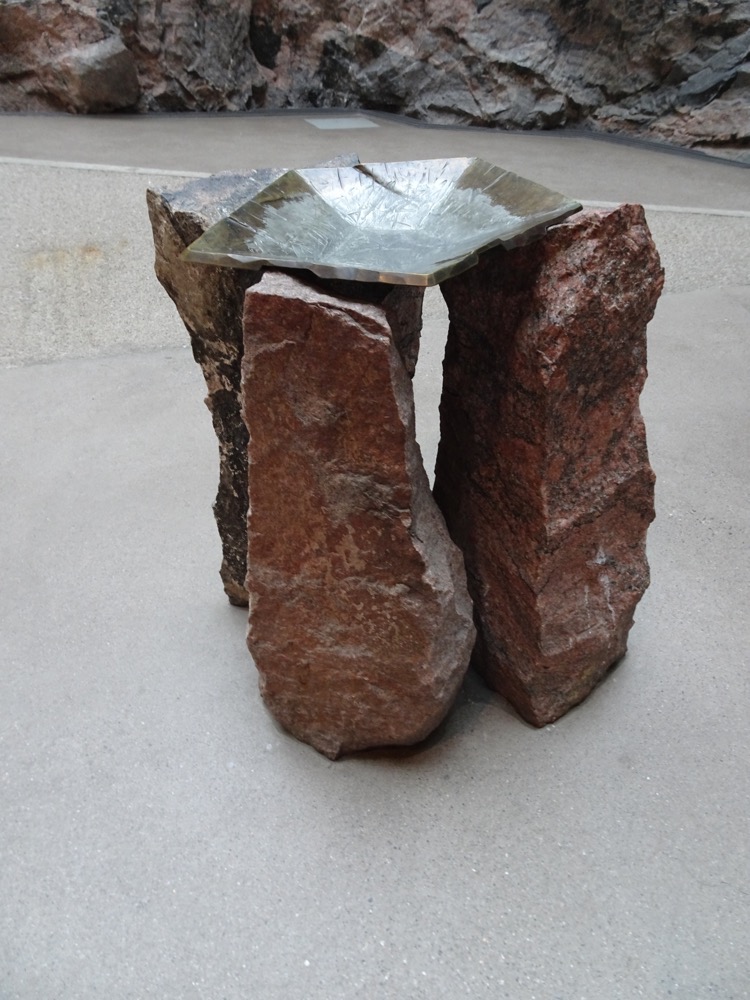
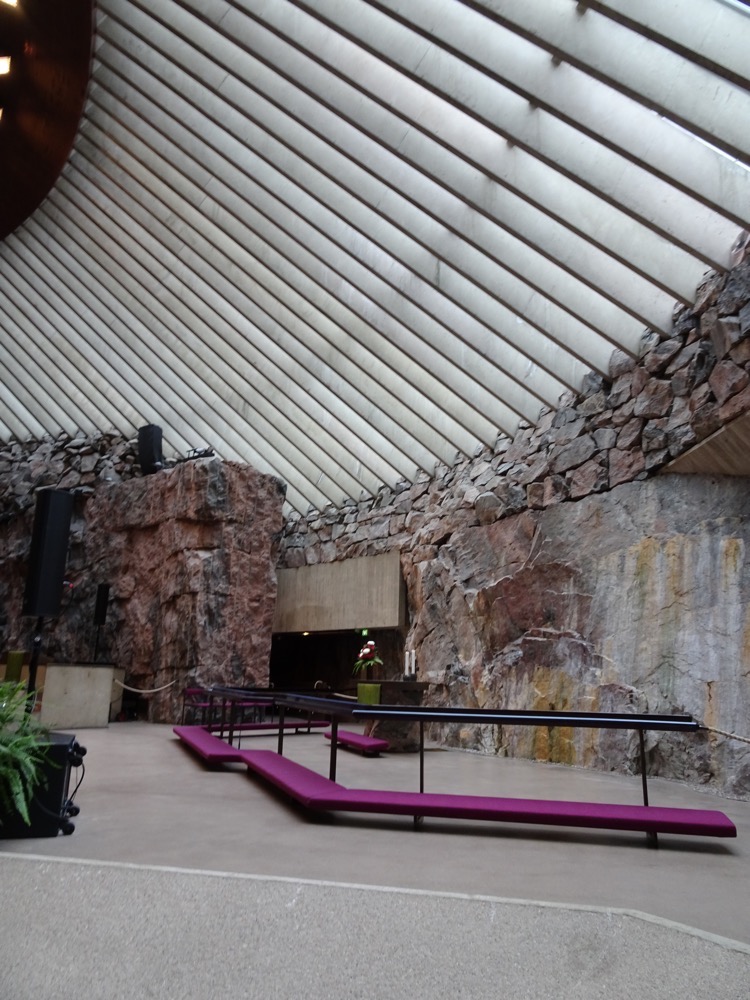 The interior was excavated and built directly into the solid rock, with skylights allowing lots of natural light into the construction. The church apparently has excellent acoustics which has led to it being frequently used as a concert venue. It’s very striking design has also led to it being a favoured wedding location – for people who both belong to the church, and those who don’t. We had only a short day in port today, so our visit to the church was quite short – perhaps we dallied too long over beers at lunch? #holidayproblems
The interior was excavated and built directly into the solid rock, with skylights allowing lots of natural light into the construction. The church apparently has excellent acoustics which has led to it being frequently used as a concert venue. It’s very striking design has also led to it being a favoured wedding location – for people who both belong to the church, and those who don’t. We had only a short day in port today, so our visit to the church was quite short – perhaps we dallied too long over beers at lunch? #holidayproblems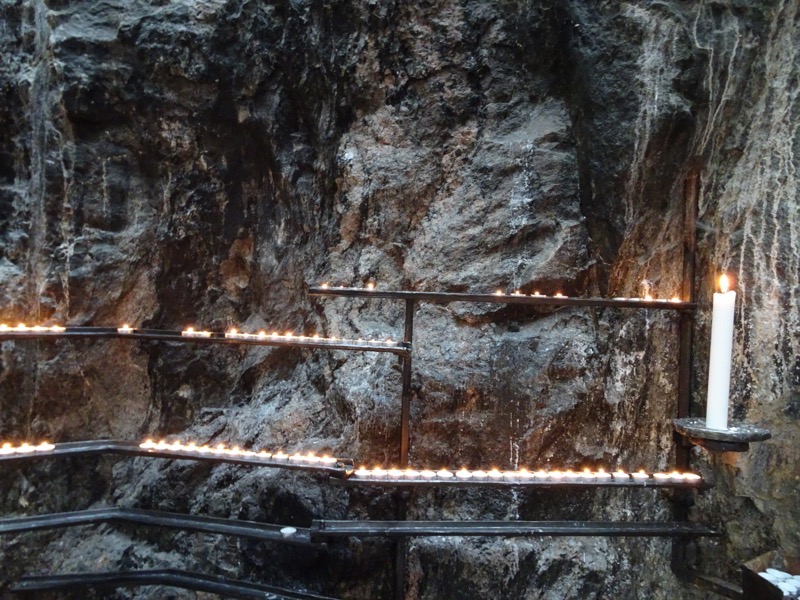

So, at the start of our tour, I knew nothing about Finland at all – except that Monty Python took the piss out of the country very successfully back in the early 80s… and from several assertions made by our guide for the day, Olga, it sounds like this – this lack of foreigners’ knowledge of Finland and their cultural heritage – is a real problem for the Finnish. They want to be ‘on the map’ and to be distinguishing themselves as writers, artists, sportsmen, poets, musicians etc. They are constantly striving to see their people and their country recognized as an independent nation with a strong national and cultural identity. And even though they are currently celebrating 100 years of independence, quite literally, this year in 2017, it seems like Finland may still have some work to do in this department because it sounds like they have a bit of middle child syndrome – always overlooked between Sweden and Russia.
From the short visit I had today, I quite liked Helsinki, though if I came back, I’d definitely want to come in winter and see the place on independently… hire a car, drive up to Lappland, see the reindeer, drink vodka, and watch the northern lights dance through the skies. I think that cool and groovy side of Finland exists, and not many of us get to even hear about it, let alone see it.
